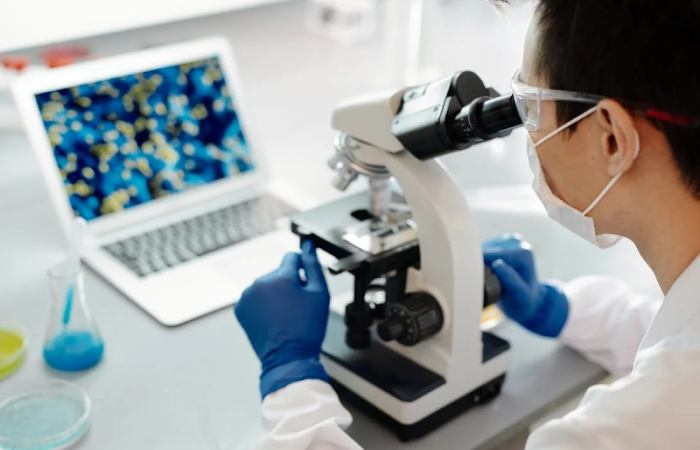Light has always shaped the way humans explore the world. From the first glass lenses to today’s digital sensors, every step has given us sharper vision. But some things can’t be seen with the naked eye.
Cells, proteins, and molecular signals all work at a scale that hides from natural sight. This is where advanced imaging comes in. A fluorescence microscope gives researchers access to details that transform science from guesswork into precise observation. The glow might look beautiful, but it’s far more than decoration.
Table of Contents
A Language of Light
Fluorescence works by tagging molecules with glowing markers. When hit with light, they shine in unique colors. Each color tells a story. One hue might reveal a protein. Another might show the flow of calcium through a cell.
By reading this visual language, scientists map processes in real time. It’s like switching on a secret code. What once appeared as a blur now turns into structured data. These patterns don’t just look nice. They explain how life functions at its core.
Beyond Basic Biology
The impact of fluorescence imaging isn’t limited to cell biology. Medicine is tapping into it too. Fluorescent tracers are utilized by doctors to identify tumors when they perform surgery. These can also help in identifying infections at an early stage by marking bacteria or viruses. Drug developers use the property of fluorescence to test how treatments move through the body.
These tools speed up discovery and improve precision. Things that were once in the dark now shine under inspection, helping to make superior choices.
A Boost for Collaboration
Modern research thrives on teamwork. Fluorescence imaging makes collaboration easier. Images can be shared across labs worldwide. A dataset captured in one country can be analyzed by experts in another.
Everyone sees the same glowing structures. Everyone speaks the same visual language. This shared clarity accelerates progress. Instead of debating fuzzy results, teams can focus on what the data actually means. That reduces friction and raises trust in the findings.
Teaching the Next Generation
Fluorescence imaging isn’t just for top-tier labs. More schools and smaller institutions are gaining access. Students can now practice with tools that used to feel out of reach. A lecture about cells feels abstract. But when students see those cells glow in real time, the knowledge sticks.
They’re not memorizing facts. They’re witnessing biology unfold before their eyes. This early exposure prepares them for future work. It also keeps curiosity alive, which is the foundation of discovery.
Technology Keeps Pushing Forward
The tools themselves are evolving fast. Older systems captured still images. Newer fluorescence microscopes record live video. Now, software monitors modifications over time with amazing precision. In a relatively short amount of time, it is possible to examine a large number of images through the utilization of artificial intelligence.
With the help of these enhancements, massive amounts of data are converted into insights that can be comprehended with relative ease. Researchers devote less time to organizing and more time to comprehending. Each improvement makes the microscope not only more attractive but also more powerful.

Challenges Still Remain
As with any breakthrough, there are hurdles. Fluorescence imaging can be costly. Equipment needs careful handling. Samples sometimes degrade under strong light. Researchers must learn how to balance clarity with preservation.
There’s also the risk of over-interpreting the glow. Bright colors don’t always equal important results. Careful training and strict methods help avoid mistakes. Despite these challenges, progress continues. Every year brings improvements that lower barriers and raise reliability.
Wrapping It All Up: More Than Beauty
Admiring fluorescence images for their glow is simple. They appear like art, with bright neon greens and fiery reds illuminating the page. However, their real worth is found more profoundly beneath the surface. These pictures show what is not visible otherwise. They push forward new therapies, guide worldwide studies and motivate the upcoming generation of scientists.
The colors are beautiful, yes. But they’re also roadmaps. They guide science toward answers that change lives. When thinking about fluorescence, it is essential to keep in mind that it is not only about pictures. Having the capacity to see, to know, and to discover is the essence of everything that is going on.
